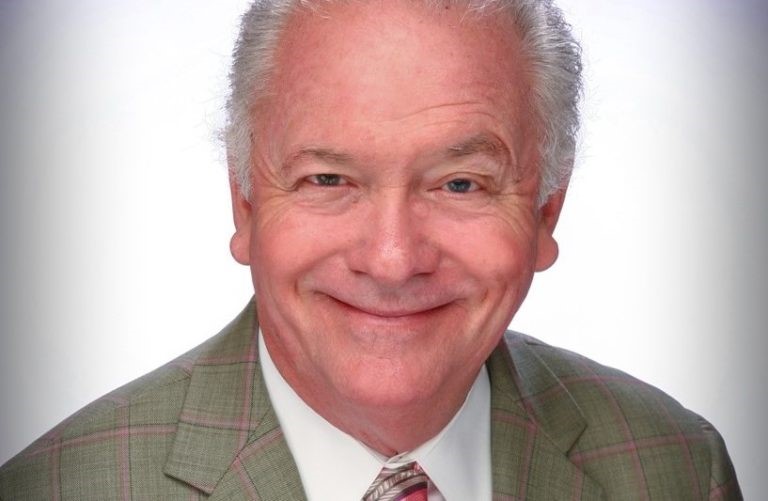
By Ken Tyler, Sr. Laundry Industry Consultant
At one time or another, every laundry operator will need to replace a piece, or pieces of equipment. It can be a stressful time considering the financial outlay, the need to maintain production of goods and unforeseen issues that crop up. But it doesn’t have to be.
When developing laundry equipment replacement specifications, you can de-stress the project a bit by following these simple rules.
1. Be flexible. Keep an open mind and be flexible when developing requirements. Know your needs and know your wants. Find an acceptable middle ground.
2. Don’t attempt the impossible. Certain modifications are not supported by past performance. Know your current equipment’s specifications and the specifications of the replacement equipment for a smooth installation. The last thing you want to discover is that your installation does not work smoothly with your existing equipment.
3. Get technical support. When preparing specifications, obtain technical support from on-site engineering departments. For example, if you’re replacing a finishing system, your on-site engineering department should be consulted to confirm that you have the proper flow and amount of utilities – i.e. steam / power.
4. Consider support systems. There are many factors contributing to a successful, working laundry. Be aware that support systems, mechanical, lighting, conveyance etc. are critical and must be considered when conducting an equipment modernization at your laundry facility.
5. Aim for the stars. Use performance specifications which will permit use of state-of-the-art systems. For example, there are numerous types of washing systems available in the market place. When replacing existing washers, consider state of the art washer extractors or continuous batch washers. Consult with qualified industry support who will be an important factor in the success of the effort. Take advantage of equipment manufacturers expertise when designing your state-of-the-art-facility.
6. Eye your budget. Keep in mind that some efforts could result in costly damages. Make sure there are resources available to compensate for damages, downtime, transfer of FTE and outsourcing if necessary. Ensure that there are enough funds available to support the effort from start to finish, including ‘surprises’. Make absolutely sure that funding to support your initiative is from the correct resource. Each facility has different appropriation requirements, i.e equipment, construction. Use the correct category for your facility.
7. Inform others. Make sure facility management and other department heads are fully aware of your plans and risks. No one likes surprises.
8. Get the full picture. Be aware of structural challenges and address these when developing installation requirements. If need be, hire someone to inspect the facility who can point out possible problem areas.
9: Chemical delivery. Examine your chemical delivery and storage system to ensure that you are receiving top-of-the-line performance based on your equipment specifications. State-of-the-art systems are available from most laundry chemical companies. However, evaluate and compare all chemical / storage system suppliers for the one that best suits your needs. Include your chemical supplier in the planning process when designing a new laundry system. They are often forgotten and need to be included as they are critical in the process that will control success or failure for your facility.
10: Training and preventative maintentance. Devote resources to train your employees on any new systems that are being planned and implemented. Training your employees on maintenance procedures is critical to your success.
About the Author:
Ken Tyler has been active in laundry and textile programs for over 50 years. He has been responsible for over 100 laundry modernizations during his career. He managed US Marine Corps and Department of the Navy laundry programs for 10 years, Department of Veterans Affairs textile care and laundry programs for 15 years and managed government programs for Encompass LLC for 16 years. He is a recipient of numerous industry and government awards and has served numerous organizations such as AHA, TRSA, JCAHO, ALM and ARTA.













